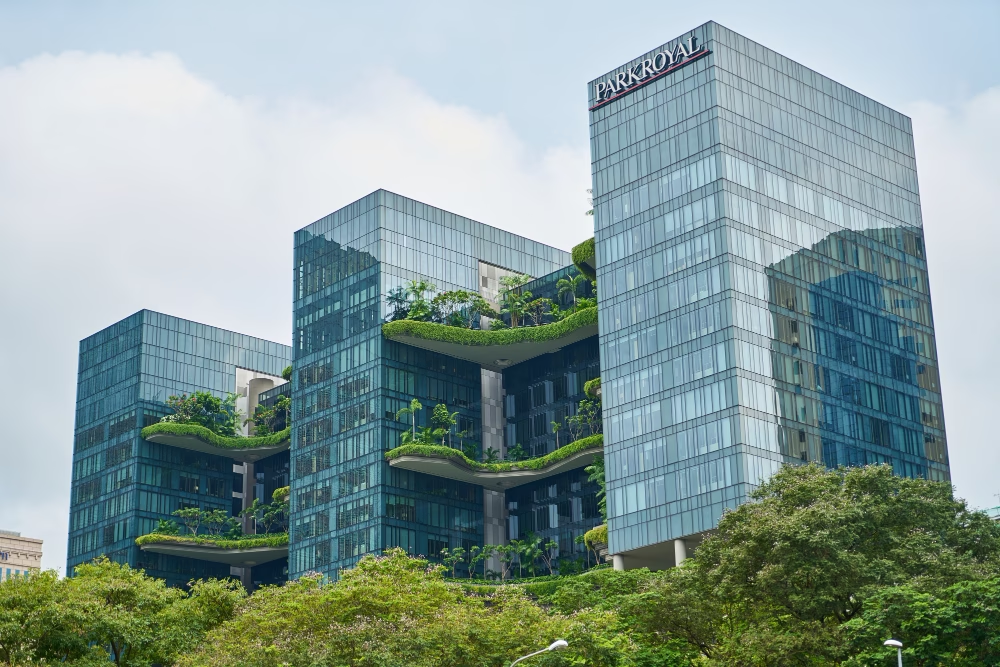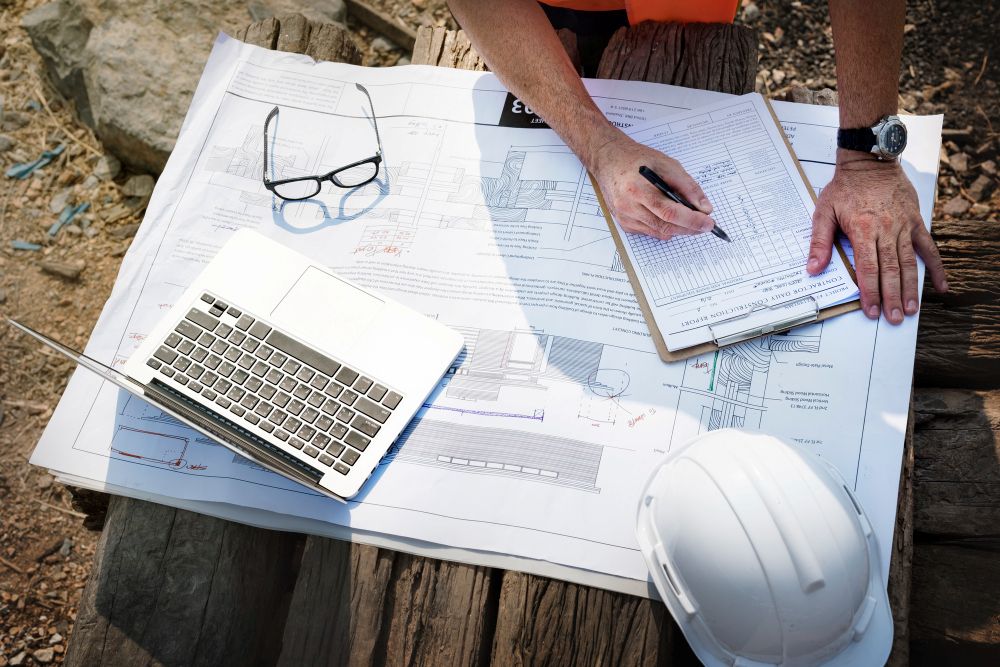
Urban Design Services That Meet Australian Green Building Standards
Discover how urban design services help meet Australian green building standards. Learn how Smart Planning and Design supports sustainable, compliant projects.
read more

As Australian cities grapple with rapid urbanization, climate pressures, and budget constraints, forward-thinking councils are turning to smart planning and design to reimagine public infrastructure. At the heart of this transformation is energy-efficient smart street lighting—a technology reshaping how urban spaces are designed, managed, and experienced.
Gone are the days of static, energy-draining streetlights. Today, Australian cities like Melbourne, Sydney, and Adelaide are deploying adaptive lighting networks equipped with IoT sensors, motion detection, and real-time data analytics. These systems adjust brightness based on pedestrian activity, weather conditions, and traffic flow, slashing energy use by up to 60% while enhancing safety.
For urban planners, this shift isn’t just about replacing bulbs—it’s about integrating lighting into broader smart city Australia frameworks. Lights now double as Wi-Fi hubs, air quality monitors, and emergency alert systems, creating multipurpose infrastructure that supports sustainable growth.
Adaptive lighting’s impact on crime reduction is striking. In Brisbane, dimly lit alleyways once plagued by vandalism now use motion-activated LEDs that deter loitering while guiding nighttime pedestrians. Meanwhile, councils in Western Australia report a 30% drop in public lighting costs after retrofitting old grids with solar-powered smart lights.
But the benefits go beyond budgets. By aligning with Australia’s 2030 emissions targets, these systems help cities cut carbon footprints. Solar-battery hybrids in regional towns like Alice Springs ensure reliable lighting without straining local grids—a critical step in climate-resilient design.
While smart street lighting promises transformative gains, its rollout faces hurdles. Upfront costs and outdated regulations often delay projects. To overcome this, cities like Geelong have adopted public-private partnerships, sharing risks with tech firms to fund city-wide upgrades.
Public skepticism about data privacy also lingers. Transparent community engagement—like Adelaide’s pilot program inviting residents to control lighting via apps—has proven key to winning trust.
By 2030, experts predict Australia’s smart street lighting market will grow by 15% annually. Innovations like AI-powered predictive maintenance and 5G-enabled “lighting corridors” will further embed these systems into urban DNA. For planners, the lesson is clear: smart lighting isn’t a luxury—it’s the foundation of equitable, efficient, and future-ready cities.

Discover how urban design services help meet Australian green building standards. Learn how Smart Planning and Design supports sustainable, compliant projects.
read more

Discover the benefits of mixed-use developments in town planning Australia. Learn how they boost convenience, sustainability, and community connection.
read more

Discover why feasibility studies are essential in town planning Australia. Learn how they save time, reduce risks, and improve approval chances.
read more